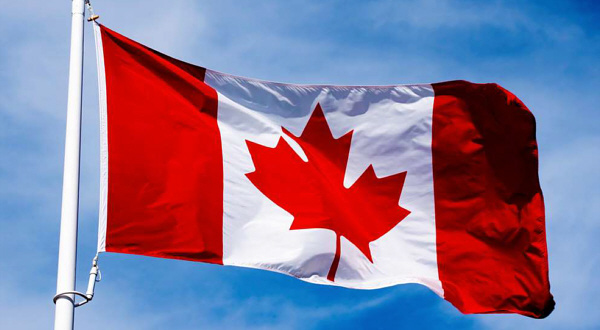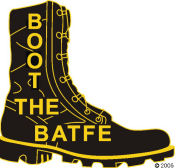

Canada is Showing America What
Government Gun Confiscation is Like

(Ron Cogswell via Flickr)
By Mark Chesnut. Oct 10, 2025
Source Data
The ongoing battle for Canadian gun owners whose firearms were labeled as "military grade assault weapons" by the Canadian government appears likely to continue for many more years. Incredibly, even those in charge seem to have become cynical about whether their goal of confiscating hundreds of thousands of guns from law-abiding citizens will ever actually happen.
As some background, in May 2020, the Liberal government issued Order in Council SOR/2020-96, which immediately classified 1,500 models of firearms (including modified versions and unnamed variants) previously listed as "non-restricted" or "restricted," as "prohibited" firearms under the federal Criminal Code. In creating the ban, then-Prime Minister Justin Trudeau bypassed the legislative process and the order was not pre-published for public input.
Since then, the government has added more models of firearms to the banned list (there are now between 1,800 and 2,000 models) and declared that all would be confiscated through a "buyback," but they never implemented a real plan to do so.
"The premise was that no longer could Canadians be trusted to hang on to these firearms, and the firearms suddenly became too dangerous," said Tom Mavin, Ontario director and chief lobbyist for Canada's National Firearms Association (NFA). "They didn't have a plan in place to confiscate the guns, so for five and a half years we've possessed those 'dangerous' firearms and we have been allowed to keep them at home, locked up safely in our basements where they always were. And five and a half years have gone by, and not one of those firearms has been used in a crime. So, the original premise that we can't be trusted and those guns are too dangerous was wrong."
At a press conference, Canada's Minister of Public Safety Gary Anandasangaree claimed that the confiscation program isn't really mandatory, and that gun owners can choose to participate or not participate.
"This program is voluntary," he said. "Nobody is having their weapon confiscated. People who use rifles to hunt can still hunt."
Mavin said the "voluntary" talk is just a lot of hot air. "That is just gaslighting the public, right?" he said. "I'm not sure how 'voluntary' gets into this. You have a choice, I guess. Either you become a criminal by not turning in your firearm, or you turn them in. So that's their 'voluntary,' that's what they're talking about. It was a mistake, and I think they regret having said that because that was never the intent. The intent has always been to disarm Canadians and take these firearms out of Canadians' hands." In fact, the only way the confiscation is considered "voluntary" is if gun owners choose to comply with the law; if they do not, they can be prosecuted for possessing an illegal firearm. Anandasangaree acknowledged this when he said, "Our expectation is that law-abiding citizens will abide by the law and beyond that, the police with jurisdiction is tasked with … implementing the Criminal Code."
Canada recently completed Phase 1 of the program by compensating gun dealers who couldn't do anything with their inventory of banned guns over the past five years. According to Mavin, the dealers received fair compensation for about 12,000 firearms, and the government even paid them for accessories like barrels, aftermarket triggers, receivers and magazines. All of these items have been destroyed.
"The dealers were offered $70 each for a magazine for an AR-15," said Mavin. "That's quite a bit of money considering a PMag probably costs about $15 Canadian dollars, and they sell it for $25. Now, the government's given them $70 each. I've heard from dealers that whole skids of magazines were going in."
In Phase 2, which also lacks an associated plan, Canada is set to begin the actual confiscation of banned guns from Canadian citizens. Mavin said it will start soon with a pilot project in Cape Breton, Nova Scotia, aiming to seize 200 guns from their owners. According to Mavin, citizens will not be compensated for anything but the firearms.
"What you have to do is phone them or go online and give them your firearms license number and then list the guns that you have that you're going to turn in, which creates a registry," said Mavin. "We've been pointing out that they've extended the amnesty to the end of October next year, so you don't have to cooperate right now in this pilot project."
"I know how it's going to go, though. What they're going to do is do a victory dance at the end. They'll say they were so totally successful and Canadians firearms owners are cooperating. That's how they're going to sell it."
Ultimately, Mavin said his group will continue fighting the Liberal government on behalf of the next generation of Canadian gun owners. He hopes voters will replace the government in the next election.
"Our biggest concern as an organization is future generations," said Mavin. "If we give up this stuff now, my kids and their kids are never going to be able to enjoy the shooting sports we've enjoyed. It'll be gone forever. And like any government, once they start down this road, they just keep right on going. Eventually, they'll claim that every firearm in Canada is too dangerous for Canadians to possess."
![]()
























